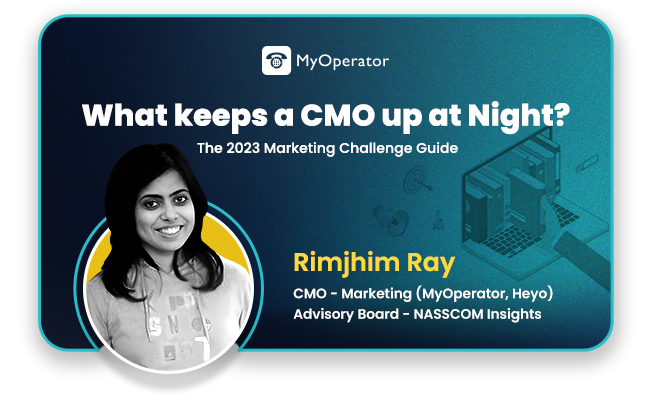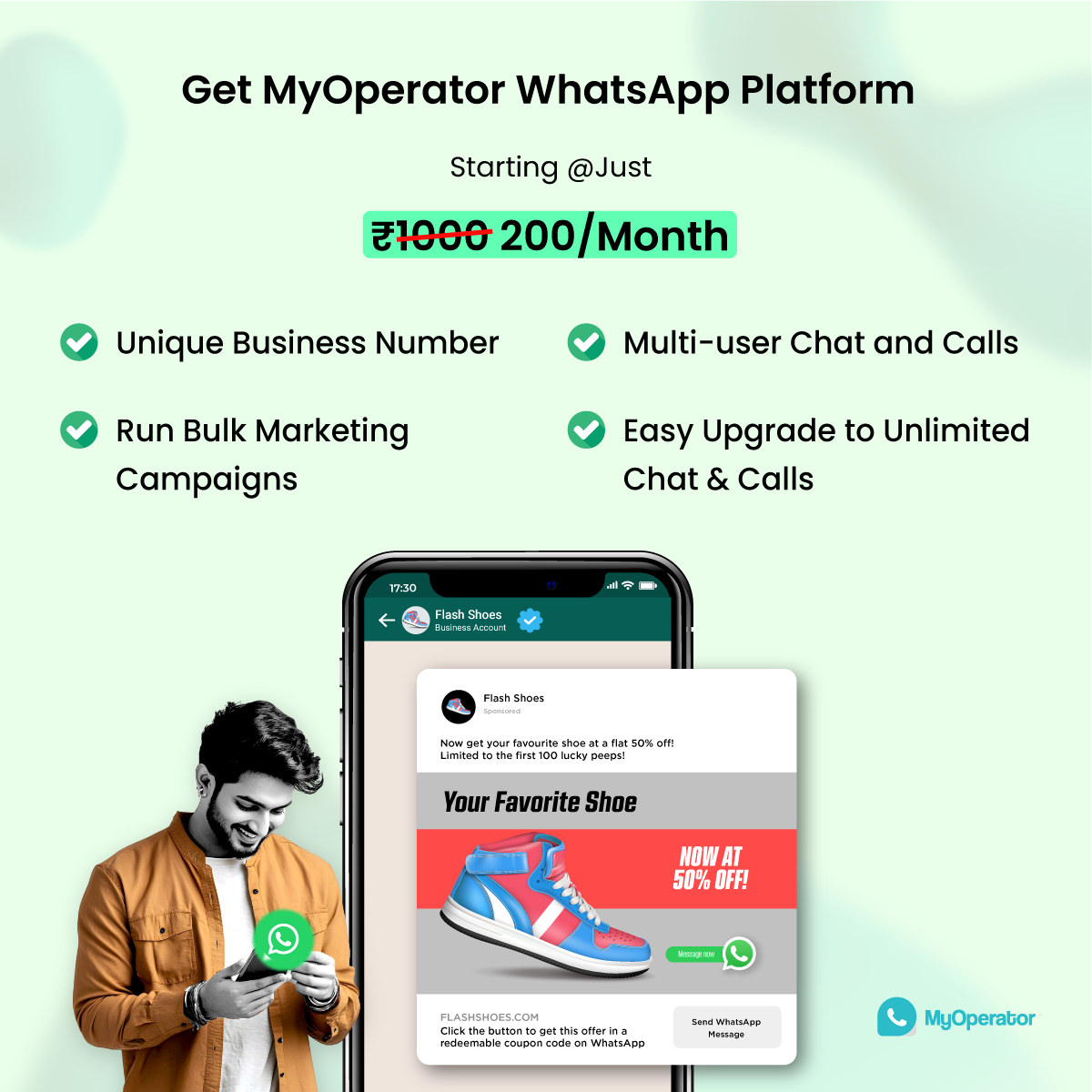Decreasing spans of attention. Increasing costs of media. Mushrooming competitors. Impatient customers. Fragmented experiences across channels. The list keeping CMOs up at night seems to keep growing.
In 2023, marketing is one of the most competitive functions to get into and a CMO’s tenure keeps shrinking even while the markets get tougher to negotiate.
According to the Marketing Week article: The average tenure for a CMO continues to fall. On average, CMOs working at the top 100 advertisers in the US had been in role for just 39 months, or 3.3 years, in 2022, according to the annual study by leadership advisory firm Spencer Stuart.
This is the lowest level in more than a decade and a drop from an average length of service of 40 months in recent years.
In 2023 the CMO does find herself in an unenviable position. Attention as a currency is becoming scarcer and tactics that worked 10, 5 or even 3 years back are not working anymore.
Data is fragmented and data-driven decisions are easier said than done. Digital media has become more expensive and unreliable at the same time which means you are spending more for inferior results.
Consumer habits are changing as they move from Instagram to TikTok to anonymous social networks. With generation divides becoming fluid an average B2C CMO isnt even sure whether she should chase millennials or Gen Z or Gen X or ditch the jargons and focus on the cohort of 1.
If you are operating in India the mind boggling diversity of the country adds to your woes. Yes, yes everyone will tell you the huge possibilities of digital accelerated by UPI and now ONDC meaning previously inaccessible consumer groups are now available to you.
The next half billion as this report outlines represents a teeming TAM of 500 million new internet users, hungry as we would like to believe for consumerism, for knowledge, for entertainment.
But ask the likes of Byju’s, Udaan and many such unicorns lured in by the possibilities of these huge TAMs. The digital long tail is demographically a large number for sure. But do they translate to a revenue multiplier. Or profitability generator.
The answers are ambiguous. So brands snap back to chase that 4% of India paying taxes, buying cars and luxury soap. A segment that is over-marketed and over-milked meaning diminishing returns on every dollar spent for the CMO.
The solution is differential pricing and last mile distribution strategy.
Here modern startups can learn from FMCG giants – the way HUL covered a country like India or how Colgate convinced the entire rural population to ditch the neem dantan to opt for neem infused toothpaste sold in 10 Rs packs.
Backing their innovative pricing strategy is iron-clad distribution and data available at every pin-code level of consumer habits, spending patterns, brand preferences.
But building that kind of data intelligence needs huge capital. Can digital tools help?
In 2023 with death of the third party cookie or apple notoriously (much needed if i see it from a non CMO view) tweaking privacy policies, digital is no longer the paradoxical low cost, high efficiency silver bullet that it was.
So the CMO has to hunt for both more reliable data sources and ways for reaching the cohorts. Ironically while AI is supposed to ease a CMO’s life, it has also complicated it by generating streams of irrelevant data that more often confuses than convince.
The financial meltdown and funding winter has been the other double edged sword badly slicing CMOs into not too many pretty pieces.
Marketing budgets have shrunk and media costs have risen and even the most imaginative marketing teams are struggling to stay afloat.
What do then CMOs do to survive the blood-bath? Some principles that I find useful:
- Leverage first party data sources – I have been exploring audience platforms like Vserve and local data players. CDP platforms are becoming valuable and we are sort of using this reverse feedback to build Heyo into one.
- Keep the targeting wide – Narrow targeting isnt working and wider targeting with right content counter-intuitively keep costs down.
- Use owned media – Facebook organic reach has again started looking up but its not just organic social that will help. Emails, SMS, WhatsApp, in-app notifications – try every channel you own because everything else is freaking expensive.
- Keep your head down – Stay off fancy PR or flashy events that will just give you photo-ops. Rather look at building thought leadership through LinkedIn. Good old-fashioned blogs and podcasts are back again.
- Go guerilla – This is the year when size has an inversely proportional advantage – it is the year of the small. I have been trying to replace large events with several smaller appearances. Trying trade-offs with partners to get more visibility. Create WhatsApp virality. Hire unconventional low-cost influencers and seed them with viral content. War times need severe hacks and this period of low financing sure is one.
- Margins over GTV – Profit is back in fashion and the CMO has to re-orient herself to think profit first. Monetisation needs to happen early on and you have to ruthlessly prioritise LTV.
To conclude, the funding winter may as well stretch for another year. Conserve your resources. It’s a long road ahead and the most level-headed CMOs will navigate that. Needless to say, you will need to catch up on that sleep so you don’t burn out before the finishing line.







